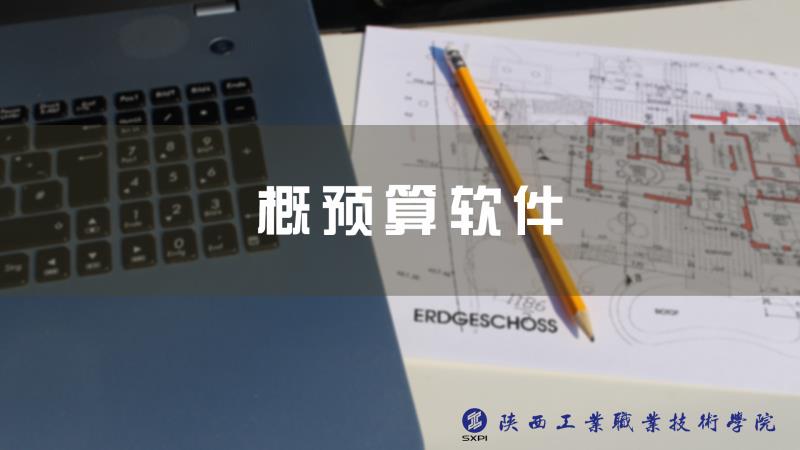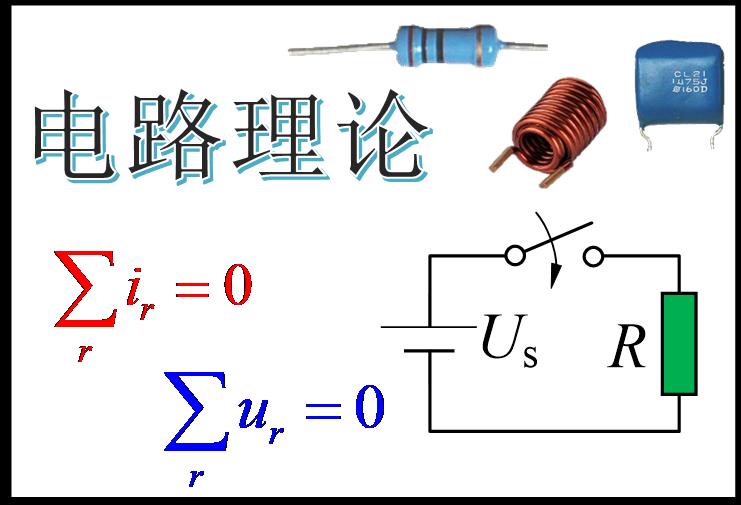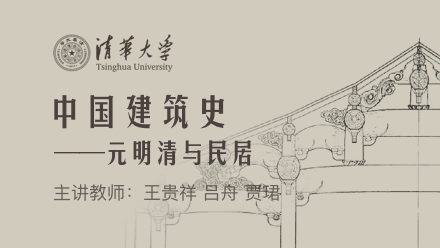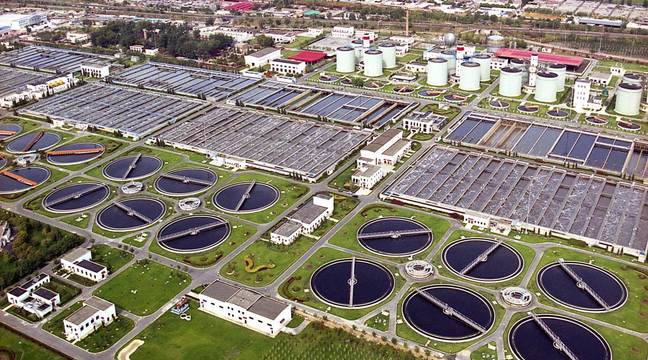
当前课程知识点:History of Chinese Architecture Part II > 12 Urban and rural life and architectural types > Section 1 > Government office mansions and architectural rules 2
返回《History of Chinese Architecture Part II》慕课在线视频课程列表
返回《History of Chinese Architecture Part II》慕课在线视频列表
下面我们接着说地方衙署
地方衙署还是按照咱们的习惯 先给个书单
研究地方衙署的人有很多
有清华大学 四川大学等等学校进行研究
太原理工大学 中国艺术研究院的学生
老师们都进行研究
一些具体的资料我们可以在老照片的图集
老图纸的这个文集里边看到
这个书单是大家进一步拓展研究的一个线索
那接着我们还可以引用
前人做的一个地方行政级别的一个梳理 一个框架图
当然清代地方各省是督抚制 总督 巡抚
而它下面就有学政 布政使 按察使 盐运使等等诸班
再一步一步分到府 州 厅 县
这各个等级下面都有对应的执掌
那地方衙署留到今天的实际并不很多
我们可以掰着手指头数一数
河南南阳的府衙 河南内乡县衙
河南叶县县衙 河南直隶总督府
山西绛州的府衙 山西霍州府衙 基本仅此而已
原来大量的衙署 分布在全国各地的衙署建筑
已经随着时代的演进 消失殆尽了
这是我们要知道的基本前提
那如果接着讨论府衙是怎么使用的
换句话说那些地方官平时都有什么样的公共活动呢
我给大家列以下几条
一条 地方官显然要接圣旨 最重要的公务活动
迎春 还要宣讲圣谕
宣讲圣谕指的就是每月朔望
要宣讲什么《圣谕十六条》 《圣谕广训》
比如还有些《乡约民规》之类
还有一个活动叫送学
就是岁科两试之后要送学子
宾兴 宾兴指的是设宴招待应举之士
除此之外还有一些斋戒 祭祀活动
相应就要引到与府衙对应的一些
下一节要讲的礼制性的建筑
要在忌辰里面进行一些斋戒活动
那还有放告 放告是我们最熟悉的每月定期受理诉讼
这是地方官一般的这个工作安排
那他的工作安排发生在什么场所呢
发生在衙署区域里面 衙署区域
我们可以引《钦定大清会典·工部》里面的一条制度
写的是省级的 各省文武官均设衙署
其制 治事之所为大堂 二堂
外为大门 仪门 大门之外为辕门
但是他没有提
一会儿我会说到旌善亭和申明亭这些公告设施
宴息之所为内室 为群室 吏撺办事之所为科房
大者规制具备 官小者以次而减
这是《钦定大清会典》里面的记载
如果我们看府衙实例
我们大概地沿着那个建筑轴线来排列
它会有以下建筑
当然往往府衙跟一个小城市
钟鼓楼或者谯楼联系起来
它的大门外会有一些布告 榜棚张榜
当然还有旌善亭 表彰善事 申明亭 申斥恶事
然后进去就是个治事之所
治事之所 中轴线上 大门 仪门 戒石亭和戒石坊
大堂 或者有穿堂 到它的二堂
再往后可能是宴息之所
当然其他的空间 也可能布置署官的自己的宅院
当然大堂里边 那两边的廊房往往用作办事机构
所以东三房 西三房
按照对应中央衙署 也是吏 户 礼 兵 刑 工
但是中央衙署从皇城之内
是六科郎 吏 户 礼 部 刑 工
是监察六部 吏 户 礼 兵 刑 工
地方机构再设吏 户 礼 兵 刑 工房来办事
然后还会有什么勘令科 承发司这种机构
但其他的附属的空间里还会安排书吏
牢房 仓库 候厅 祠堂这些东西
我们可以举几个图纸的例子
比如说同一个地方 河南南阳内乡
康熙时候 康熙的地方志里面
有康熙时期县衙的样子
清代晚期能反映出晚期的县衙的样子
但是变化其实不大 序列得到保持
这种符号性特征得到了继承
那我们看康熙时期的这个县衙
辕门 前面的大门 仪门 戒石亭 戒石坊 大堂
两边的吏户礼兵刑工房
二堂在里面的住宅 基本是这样布置的
清代晚期能反映出晚期的县衙的样子
辕门 当然前面有一个影壁照壁
大门 仪门 戒石坊 大堂 有一个月台 有甬路
里面隔着个小门进入二堂 再里面住宅区
这是我们能看到的县志上面河南内乡县衙的样子
现实中如果咱们把它规制成建筑平面图
可以看到大堂的基本的平面
然后原告 被告应该在的位置 前面月台的样子
大堂的立面图 进入二堂的样子
二堂里面的布置这些基本信息
当然在我刚才提到书单里面的
《烟雨楼台》那本书里面
还收录了很多衙署建筑的晚清时期的照片形象
比较鲜明地反映出当时的面貌
那远在新疆莎车地方的衙署
我们看它建筑的面貌与内地的衙署别无二致
除了前面简单地用一些框架支起的门罩
显示出一些地方特色之外
其他的真是与内地衙署别无二致
还有一个要点需要强调的
就是衙署不仅指署官的治所
还指相应的其他的设施
我们已经有好些研究讨论
比如说河南地方城市的形态 城市中的主要建筑
当然我们可以举两个小例子 河南两个县 邻居
一个是郾城 一个是临颍
这两个县挨得很近 互为邻居
看看它城市里面至少
历史中县志反映出有哪些衙署设施
当然县志嘛 不同时代的县志都有
我这用的图是明代嘉靖的
明代嘉靖定型之后 在清代基本得到了延续
所以清代的面貌与之相似
在这里面衙署当然要指所谓的
郾城县 叫郾城县县令的治所
这个治所在这张图的这个位置
当然这个治所之外 还有其他的官员负责
实际是省级单位的分支机构 比如说布政 察院之类
当然还有马驿 草场之类 是附属机构
除此之外还要有治县的各种学
医学 儒学 阴阳学 这是县城必备的
预备仓 仓房 城外还会有演武厅
这一套设施不仅占据了城内的位置
还占据了城外的位置
实际是城里面主要比较大的建筑物的代表
那到了县城之内
它们其实在很大程度决定了县城的面貌
我们再看看临颍
这是民国四年 比清代要晚了一点
它依然反映的是清代的面貌
民国四年的临颍县志
临颍县志同样是 除了治所之外
还有其他的机构 我用这个红圈标示出来
除此之外还会有预备仓
但临颍还多了一个东西 就是它的养济院
这个城市还是比较发达的 对鳏寡孤独有所照料
还有它的养济院 在这里 城外还有演武厅
还有一个设施也非常值得一提 是它的漏泽园
这个漏泽园指的是那些家贫无以葬者和暴鸩者
他们死了之后埋在哪儿
当然政府同样关心他们鬼魂的归属
建了一个漏泽园 来埋藏这些尸骨
它与养济院配对 成为当时的福利机构
于是我们就能看到比较完整的
清代的衙署和衙署的服务设施
它有衙门 有官员的办事之所
它还会涉及到教育普及 那些儒学 阴阳学 医学
当然还有民生问题 有养济院 漏泽园
这是对于地方衙署的基本介绍
那我们这部分就基本讲完了
我们进入下一阶段 信仰生活和相关的建筑
-Section 1
--Xanadu and Dadu of the Yuan Dynasty
--Religious Buildings of the Yuan Dynasty
--Buildings of Science and Technology in the Yuan Dynasty
-Section 2
--Reconstruction of the Ming System and an Overview of Its Cities and Architecture
--Cities and Towns Outside the Capitals in the Ming Dynasty
-Homework
-Section 1
--Forbidden City of Beijing in Ming Dynasty
--Imperial Altars and Temples of Beijing in Ming Dynasty
--Temple of Confucius in Qufu, Ming Dynasty
--Ming Xiaoling Tomb in Nanjing and the Ming Tombs in Changping
-Section 2
--The Buddhist Architecture of Ming Dynasty
--Taoist architecture of the Ming Dynasty
--Architecture of the Educational Institution of Ming Dynasty
-Homework
-Section 1
--An introduction to architecture of the Qing Dynasty1
--An introduction to architecture of the Qing Dynasty 2
-Section 2
-Section 3
-Homework
-Section 1
--Cities and urban facilities in the Qing Dynasty
--Government office mansions and architectural rules1
--Government office mansions and architectural rules 2
-Section 2
--Temples and altars, religious architecture and spiritual life
--Commercial architecture and econimic life
--Theaters and recreational life
-Homework
-Section 1
--Architecture: Europe and China & Imperial Specifications for State Buildings
-Section 2
--The architectural artisans 1
--The architectural artisans 2
--The architectural artisans 3
-Section 3
--Appreciation and Analysis of a Few Examples1
--Appreciation and Analysis of a Few Examples 2
--Appreciation and Analysis of a Few Examples 3
-Homework
-Section 1
--Introduction to the Chinese classical gardens
--The imperial gardens in Ming and Qing dynasties 1
--The imperial gardens in Ming and Qing dynasties 2
-Section 2
--Private gardens in Jiangnan (the regions south of Yangtze River)
--Private Gardens in Lingnan regions
--Private Gardens in North China
-Homework
-Section 1
--A brief history of the Chinese vernacular architecture
--The courtyard house of the northern China
--Tingjing style vernacular dwelling in the regions south of the Yangtze River
-Section 2
--Tingjing style folk dwellings of the southern China
--The Hakka earthen house in the southeastern China
--Cave dwellings in the Loess Plateau
--The architecture achievement of Chinese traditional vernacular dwellings
-Homework
-Section 1
--Residential buildings of the Manchu and Chaoxian (Korean) ethnic groups
--Architecture of the Uygur ethnics in Xinjiang
-Section 2
--Tibetan architecture in Tibet
--Multi-ethnic Architectures in the Southwest Regions
-Homework





